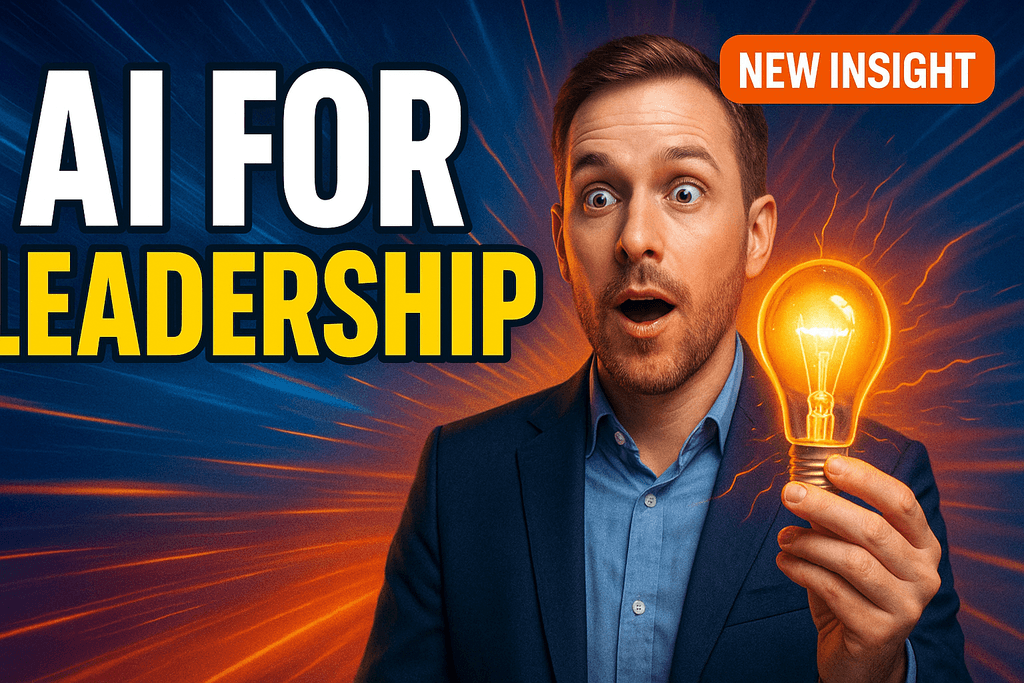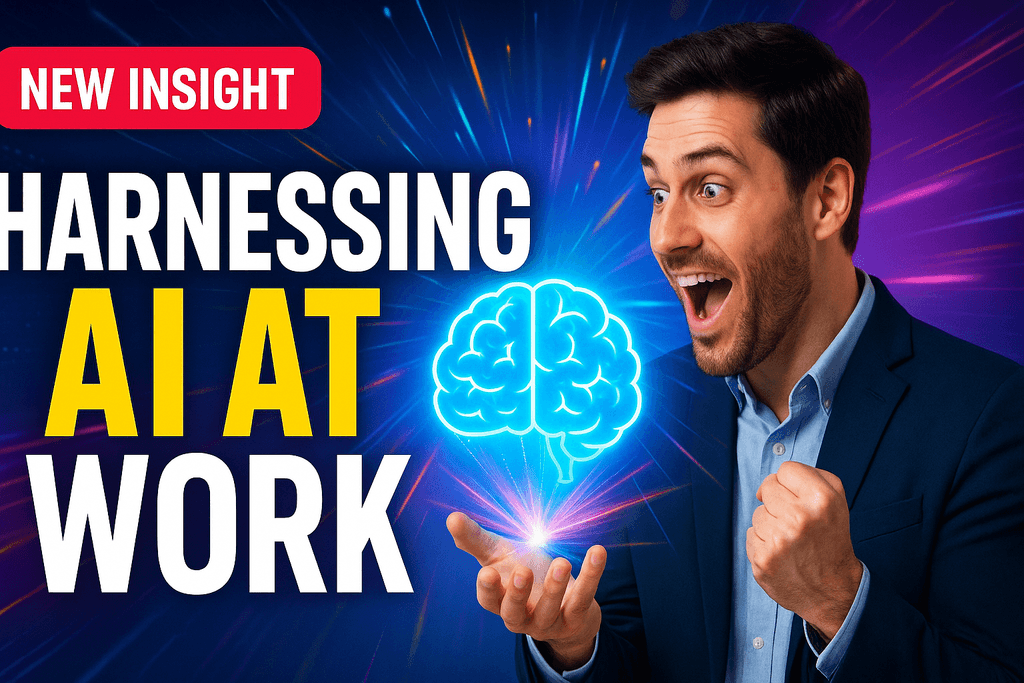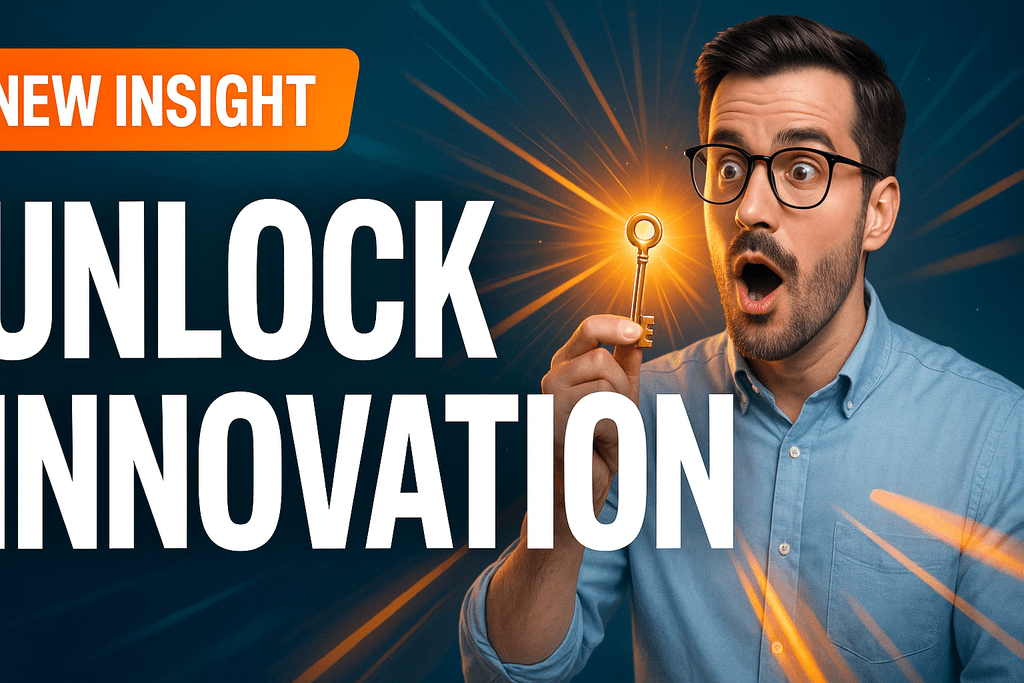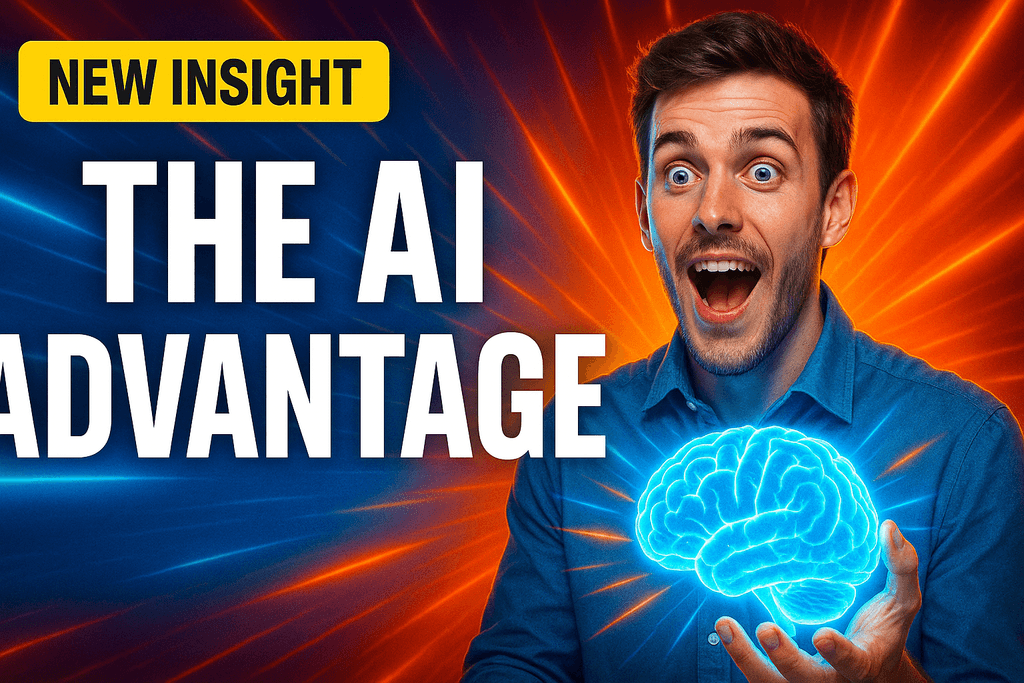
Table of Contents
Introduction: The Challenge of AI Agent Integration
Integrating Ambient AI Agents into existing team structures presents companies with a complex challenge that extends far beyond technical considerations. While these intelligent systems work silently in the background automating workflows, they simultaneously create profound changes in work culture and interpersonal dynamics.
Ambient AI Agents differ fundamentally from conventional software tools: they continuously learn from workflows, make autonomous decisions, and adapt to individual work styles. This invisible yet omnipresent technology requires a thoughtful change management approach that considers both human and process dimensions.
Research indicates that up to 70% of all digitalization projects fail due to lack of employee acceptance. With AI agents, this challenge is even greater as they not only change workflows but can also trigger fears of job loss and loss of control.
HR Perspective: Putting People at the Center of Change
From an HR perspective, human-centered transformation is at the forefront of AI agent integration. Successful implementations don't start with technology, but with a deep understanding of employee needs, fears, and motivations.
Overcoming Psychological Barriers
The biggest hurdle in implementing Ambient AI Agents is often the invisible nature of this technology. Employees cannot directly see what the AI is doing, which fosters distrust and uncertainty. HR departments must therefore:
- Create transparency: Regular communication about which tasks the AI handles and how it makes decisions
- Strengthen sense of control: Give employees the ability to review and adjust AI decisions
- Share success stories: Show concrete examples of how AI agents facilitate daily work
Competency Development and Upskilling
Implementing AI agents requires new skills. Employees must learn to collaborate with intelligent systems rather than just operate software. Successful HR strategies include:
- AI Literacy Programs: Conveying basic understanding of AI functionality
- Hands-on Training: Practical exercises with the company's specific AI agents
- Mentoring Programs: Experienced users support newcomers
- Continuous Education: Regular updates on new AI features and capabilities
Change Management Strategies for AI Integration
Implementing Ambient AI Agents requires a structured change management approach that considers the unique characteristics of this technology. Unlike conventional software rollouts, companies must expect gradual changes and continuous learning.
The 4-Phase Model for AI Agent Integration
Phase 1: Preparation and Awareness
- Stakeholder analysis and identification of champions
- Education about AI capabilities and limitations
- Expectation management and realistic goal setting
- Building positive attitudes toward AI
Phase 2: Piloting and Prototyping
- Selection of suitable use cases for initial AI agents
- Involvement of early adopters and opinion leaders
- Feedback collection and iterative improvement
- Documentation of lessons learned
Phase 3: Gradual Expansion
- Rollout to additional teams and departments
- Adaptation of AI agents to specific needs
- Establishment of support structures
- Measurement and communication of successes
Phase 4: Optimization and Scaling
- Complete integration into workflows
- Continuous improvement of AI performance
- Development of new use cases
- Building a learning organization
Communication Strategies
Successful AI integration depends significantly on proper communication. Key elements include:
- Regular Updates: Weekly or monthly progress reports
- Two-way Communication: Feedback channels and open discussion rounds
- Storytelling: Emotional stories about positive AI experiences
- Data-driven Arguments: Concrete numbers on efficiency improvements
Process Optimization through Ambient AI Agents
The process integration of Ambient AI Agents requires a systematic approach that analyzes, optimizes, and redesigns existing workflows. Unlike conventional automation tools, AI agents work adaptively and can make complex decisions.
Process Analysis and AI Potential Identification
Before implementing AI agents, companies must thoroughly analyze their existing processes:
- Mapping current workflows: Detailed documentation of all work steps
- Identifying inefficiencies: Bottlenecks, redundant activities, and error sources
- Assessing AI suitability: Which tasks can be meaningfully automated?
- ROI estimation: Quantifying expected improvements
Designing AI-Optimized Workflows
Ambient AI Agents work best in redesigned processes that leverage their strengths:
Characteristics of AI-optimized processes:
- Data-driven: Decisions based on structured information
- Iterative: Continuous improvement through AI learning
- Transparent: Traceable decision paths
- Flexible: Adaptation to changing requirements
- Human-in-the-Loop: Strategic control points for human review
Practical Implementation Steps
1. Process Redesign
- Elimination of manual, repetitive tasks
- Integration of decision points for AI agents
- Definition of escalation paths for uncertainties
2. Data Integration
- Connection of all relevant data sources
- Standardization of data formats
- Building a central knowledge database
3. Monitoring and Control
- Implementation of KPIs for process performance
- Regular audits of AI decisions
- Continuous optimization based on performance data
Best Practices and Success Factors
Successful AI agent implementations follow proven patterns that consider both technical and human aspects. Based on practical experience, the following best practices have proven particularly effective:
Technical Success Factors
1. Gradual Rollout
- Start with simple, clearly defined use cases
- Gradual expansion of AI capabilities
- Avoiding overwhelm through overly complex initial scenarios
2. Robust Data Foundation
- Clean, structured data sources as foundation
- Implementation of data governance processes
- Regular data quality checks
3. Flexible Architecture
- Modular design for easy extensions
- API-based integration into existing systems
- Scalable cloud infrastructure
Organizational Success Factors
1. Leadership Support
- Clear commitment from top management
- Adequate resource allocation
- Long-term strategic alignment
2. Cross-functional Teams
- Close collaboration between IT, HR, and business units
- Dedicated AI project management
- Regular interdisciplinary coordination
3. Continuous Learning
- Establishing an experimentation culture
- Systematic documentation of experiences
- Openness to adjustments and improvements
Human Success Factors
1. Participatory Introduction
- Early involvement of affected employees
- Consideration of feedback and concerns
- Collaborative development of solution approaches
2. Transparent Communication
- Open information about goals and plans
- Regular updates on project progress
- Honest discussion of challenges
3. Appreciation of Human Expertise
- Emphasis on human-AI complementarity
- Enhancement of creative and strategic activities
- Recognition of the role as AI trainer and supervisor
Practical Implementation: Step-by-Step Guide
The practical implementation of AI agent integration requires a systematic, phased approach. This step-by-step guide helps companies avoid common pitfalls and ensure successful implementation.
Week 1-2: Preparation and Analysis
Step 1: Stakeholder Mapping
- Identification of all affected individuals and departments
- Analysis of attitudes and potential resistance
- Determination of champions and opinion leaders
Step 2: Current State Analysis
- Documentation of current workflows
- Identification of inefficiencies and automation potential
- Assessment of technical infrastructure
Step 3: Goal Definition
- Formulation of concrete, measurable objectives
- Definition of success metrics (KPIs)
- Determination of project scope and timeline
Week 3-4: Pilot Planning
Step 4: Use Case Selection
- Prioritization by impact and complexity
- Selection of suitable pilot area
- Definition of specific requirements
Step 5: Team Building
- Assembly of interdisciplinary project team
- Determination of roles and responsibilities
- Planning of communication structures
Step 6: Technical Preparation
- Selection and configuration of AI agent platform
- Integration into existing systems
- Building the knowledge database
Week 5-8: Pilot Execution
Step 7: Soft Launch
- Introduction with a small user group
- Intensive support and feedback collection
- Iterative improvements based on user experiences
Step 8: Training and Support
- Conducting targeted training sessions
- Providing documentation and assistance
- Establishing support channels
Week 9-12: Evaluation and Scaling
Step 9: Success Measurement
- Analysis of defined KPIs
- Collection of quantitative and qualitative feedback
- Documentation of lessons learned
Step 10: Rollout Planning
- Development of scaling strategy
- Adaptation of solution for additional areas
- Planning of next implementation phases
Conclusion and Outlook
Successfully integrating Ambient AI Agents into companies is not merely a technical challenge, but requires a holistic approach that equally considers people, processes, and technology. Experience shows that companies that systematically address both HR and process levels achieve significantly higher success rates.
Key Insights
- People are at the center: Without employee acceptance and engagement, even the best technical solutions fail
- Gradual approach pays off: Step-by-step introduction reduces risks and enables continuous learning
- Transparency builds trust: Open communication about AI functions and limitations promotes acceptance
- Processes must be rethought: AI agents work best in workflows specifically optimized for them
Future Perspectives
The development of Ambient AI Agents is still in its early stages. In the coming years, we will experience:
- More intelligent systems: AI agents will increasingly handle complex tasks autonomously
- More natural interaction: Voice-based and intuitive operating concepts will become standard
- Industry-specific solutions: Specialized AI agents for various industries and application areas
- Ethical standards: Development of guidelines for responsible AI deployment
Companies that begin today to prepare their teams and processes for the AI future will gain a decisive competitive advantage. The key lies not in the technology itself, but in the ability to successfully unite people and machines into a high-performing team.
The investment in change management and process optimization may initially seem costly, but pays off long-term through higher productivity, better employee satisfaction, and sustainable competitive advantages.




















.png&w=1024&q=80)

